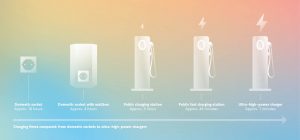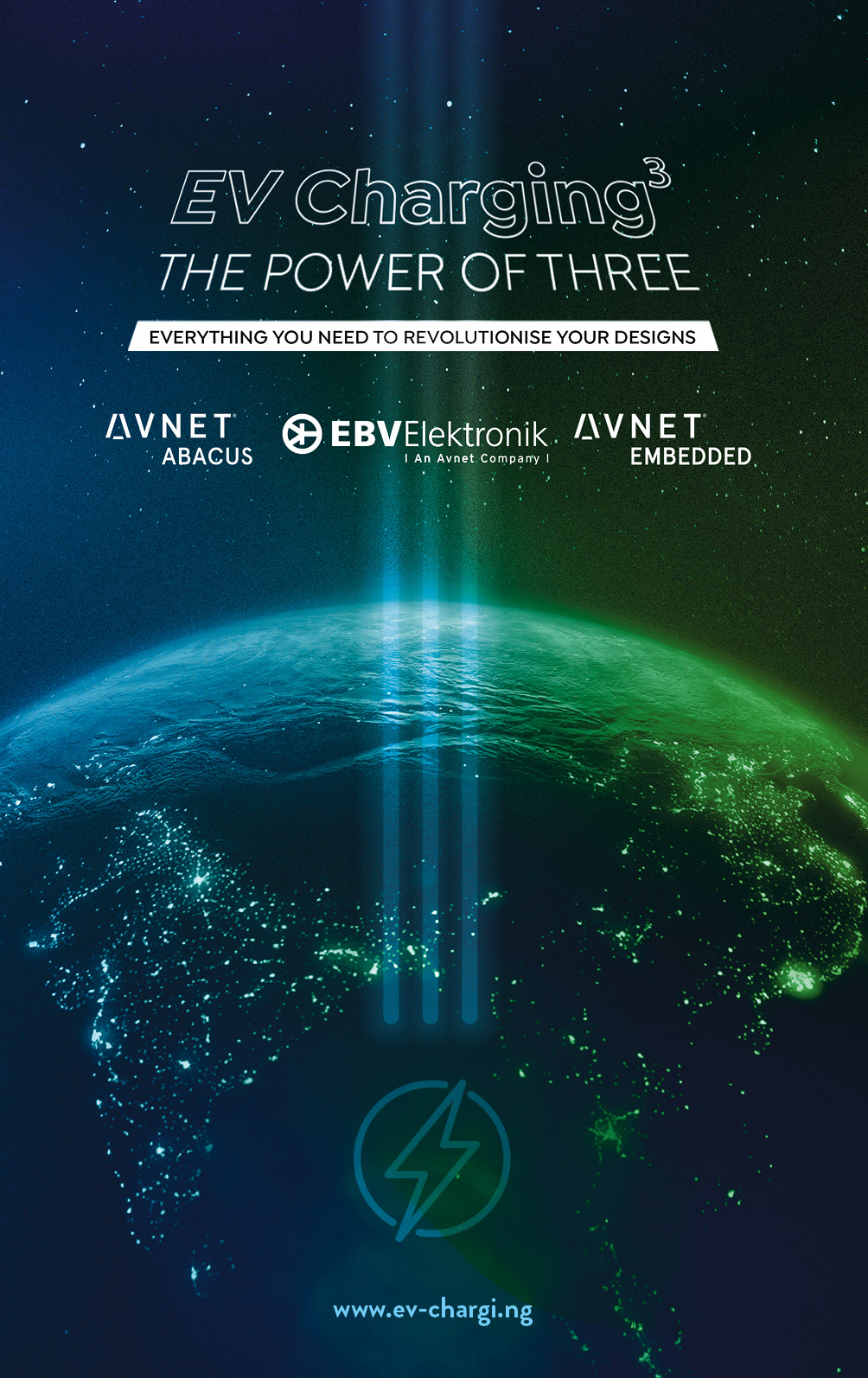To ensure that even more people make the transition to electric driving in the future, charging has to be as fast and convenient as possible. Long breaks to charge the vehicle are not acceptable, particularly in long-distance transport. Fast-charging stations mean charging can be completed in just a few minutes.
Fast chargers “are key to travel around corridors in the European Union,” says Philippe Vangeel, Secretary General of AVERE (The European Association for Electromobility), the European association that promotes electromobility and sustainable transport across Europe.
Similar to traditional refuelling, fast chargers allow people to recharge electric vehicle batteries in just a few minutes. This makes fast chargers a basic requirement for convenient long-distance travel.
Charging capacity is growing
The number of extremely fast-charging points of 150 kilowatts and above, i.e. “high-power chargers” (HPC) is actually growing disproportionately: for example, there were more than twice as many of them in Germany in 2021 compared to the previous year according to the German Association of Energy and Water Industries (BDEW).
“Huge technological leaps are still being made when it comes to the charging power of vehicles and charging stations,” explains Kerstin Andreae, Chair of the BDEW Executive Board. “Until a few years ago, vehicles could generally be charged with a maximum power of 50 kilowatts; the number of vehicle models with a charging power of 100 kilowatts and above has been growing steadily since 2019 and we are seeing a trend towards 150 kilowatts. This represents a tripling of the charging power within just a few years …”
Heading into the megawatt range
This is not only thanks to technological advancements in charging points, but also due to improvements in vehicle battery technology.
New materials and, in particular, sophisticated thermal and battery management allow higher charging currents, without having a significant impact on the battery life.
This means that charging outputs of 350 kilowatts are already possible; the first charging stations with a charging output of one megawatt are currently being launched onto the market.
However, these types of high-performance charging stations are designed more for charging trucks rather than cars – and in future for charging aircraft and boats.
CharIN, which advocates for the standardisation of electric vehicles, has developed a fast-charging plug for heavy-duty commercial vehicles especially for ultra-fast charging solutions – the Megawatt Charging System.
It is designed for a maximum current of 3,000 amperes at up to 1,250 volts, which results in a potential peak output of 3,750 kilowatts.
Modified charging station architecture
These types of charging outputs have to be reflected in the design of charging stations: minimising the cooling required, providing a high power density and reducing the system size and cost.
For example, liquid-cooled lines are required to prevent charging cables and plugs from overheating. This means that the charging cables can still be thin and are therefore easy to handle when connecting the charging station and vehicle.
High-power charging stations also work with output voltages above 500 volts. These are the kinds of voltages that generally only trained experts are allowed to handle.
Plug connections must therefore be able to withstand high loads and also adhere to safety protocols that permit laypersons to handle them.
Reducing losses
At the same time, the charging station must be equipped with efficient power electronics that reduce losses during charging as much as possible.
This is because even an efficiency rate of 97 per cent means 9,000 watts of power are lost during a charge with 300 kilowatts.
By way of comparison, the average connection power of an oven is 3,000 to 4,000 watts. Cooling is therefore required in the case of a high power density.
Whilst air cooling is currently standard, the next generation of charging systems use liquid cooling.
Silicon carbide and gallium nitride represent a great leap forward in terms of efficiency and reducing the amount of power lost in the power electronics, as they enable an efficiency rate of 98.5 per cent or more.
Preventing grid load
Besides the “insides” of the charging station, fast-charging stations also present challenges for the electricity grid: firstly, the costs for the corresponding grid connection power would be considerable, and it is not available everywhere.
And secondly, the high charging outputs place significant strain on the grid and result in strong fluctuations. This is why fast-charging stations are increasingly being connected to fixed buffer storage that can compensate for a lower connection power.
ADS-TEC Energy is one company that offers this type of system. Its battery buffer is charged around the clock with a low grid power.
It then uses this charge to boost the available power from the electricity grid in order to provide charging outputs of up to 320 kilowatts.
Thomas Speidel, Founder and CEO of ADS-TEC Energy says: “With our battery-buffered ultra-fast charging stations, charging can be carried out in just a few minutes almost anywhere, even in grids with limited grid connection power.”




